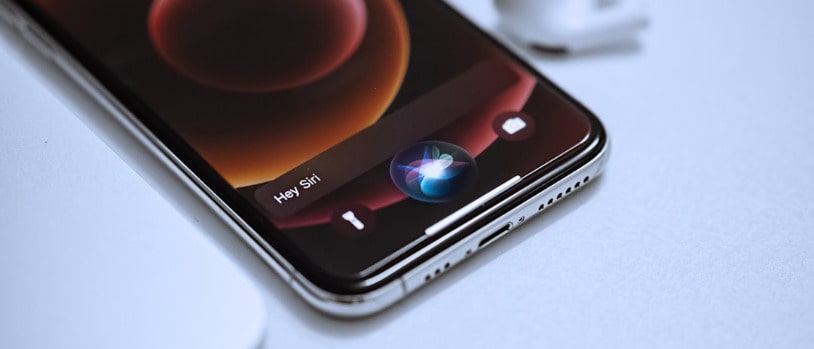When Siri stops responding on your iPhone, it might feel like losing a personal assistant. With a few strategies, however, you can usually get things back on track. From simple settings adjustments to more in-depth fixes, this comprehensive guide will help you restore Siri’s functionality on your iPhone.
Verifying Siri Setup and Activation
Every iPhone user relies on Siri for daily tasks, but when Siri doesn’t respond, it’s time to check the basics. The first step is to ensure Siri is enabled.
- Open the Settings app.
- Tap on Siri & Search.
- Verify that the switches for Listen for “Hey Siri” and Press Side Button for Siri are green, indicating they are active.
- If not, toggle them to activate Siri.
Audio and Microphone Check
Ensure your iPhone’s microphone isn’t obstructed by a case, dirt, or debris. If Siri can’t hear you, it can’t respond. Clean the microphone ports gently with a soft, dry cloth and test Siri again by giving a command.
Network Reset
Siri requires an internet connection to function. If your connection is unstable, resetting network settings might be beneficial.
- Tap Settings > General > Reset.
- Select Reset Network Settings.
- Enter your passcode if prompted and confirm.
Please note that you will need to reconnect to Wi-Fi networks after performing this step.
Language and Voice Feedback Review
Siri might not respond if it’s set to the wrong language or if the voice feedback is restricted.
- Go back to Siri & Search settings.
- Check that Language is set correctly.
- Review Voice Feedback settings and ensure it’s set to Always On or Control with Ring Switch, according to your preference.
Rebooting the Device
Sometimes, a simple restart can solve the problem:
- For iPhone X and later: Press and hold the Side button and either volume button until the power off slider appears.
- For iPhone 8 and earlier: Press and hold the Top or Side button until the power off slider appears.
- Drag the slider to turn off your device, then after about 30 seconds, press the Side button to turn the device back on.
Ensuring iOS Is Updated
Running an outdated version of iOS could cause compatibility issues with Siri. To update:
- Navigate to Settings > General > Software Update.
- Download and install available updates.
Resetting All Settings
If the above steps don’t rectify the issue, you might consider resetting all your iPhone’s settings.
- Open Settings > General > Reset.
- Choose Reset All Settings.
- Confirm your passcode and proceed.
Resetting doesn’t erase your data but restores all settings to their defaults, which can eliminate settings-related issues.
Restoring from Backup
If an error occurred during your last backup, or if your iPhone’s settings have been corrupted, restoring from a previous backup might help.
- Connect to Wi-Fi and go to Settings > General > Reset.
- Tap on Erase All Content and Settings.
- Once the device is erased, you’ll have the option to restore from iCloud or iTunes backup.
Reestablishing Communication
When Siri doesn’t cooperate, it’s not the end of the line. With the right steps, you can bring back the convenience of your voice assistant. These troubleshooting tips can address the common hiccups that prevent Siri from working on your iPhone, from checking Siri’s setup to resetting your device’s settings. If all else fails, seeking out professional support from Apple or visiting an authorized service provider is a sensible next move. Your everyday assistant is just a fix away from returning to active duty on your device.
